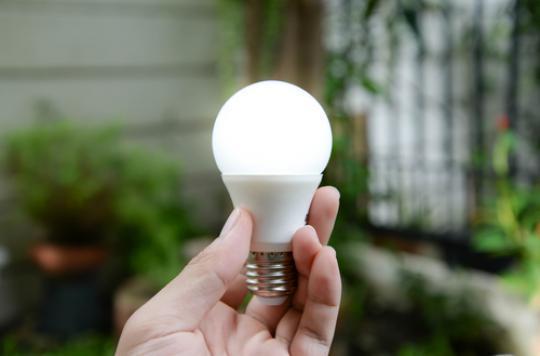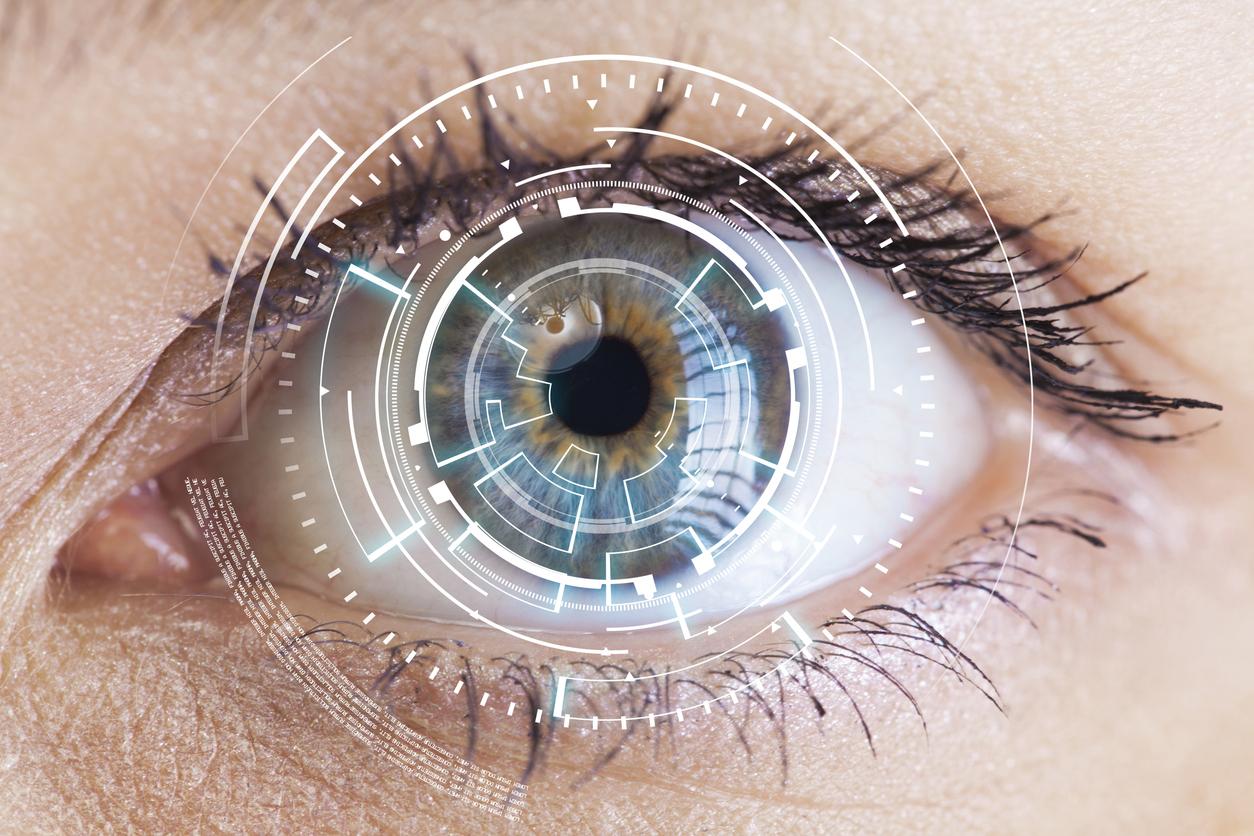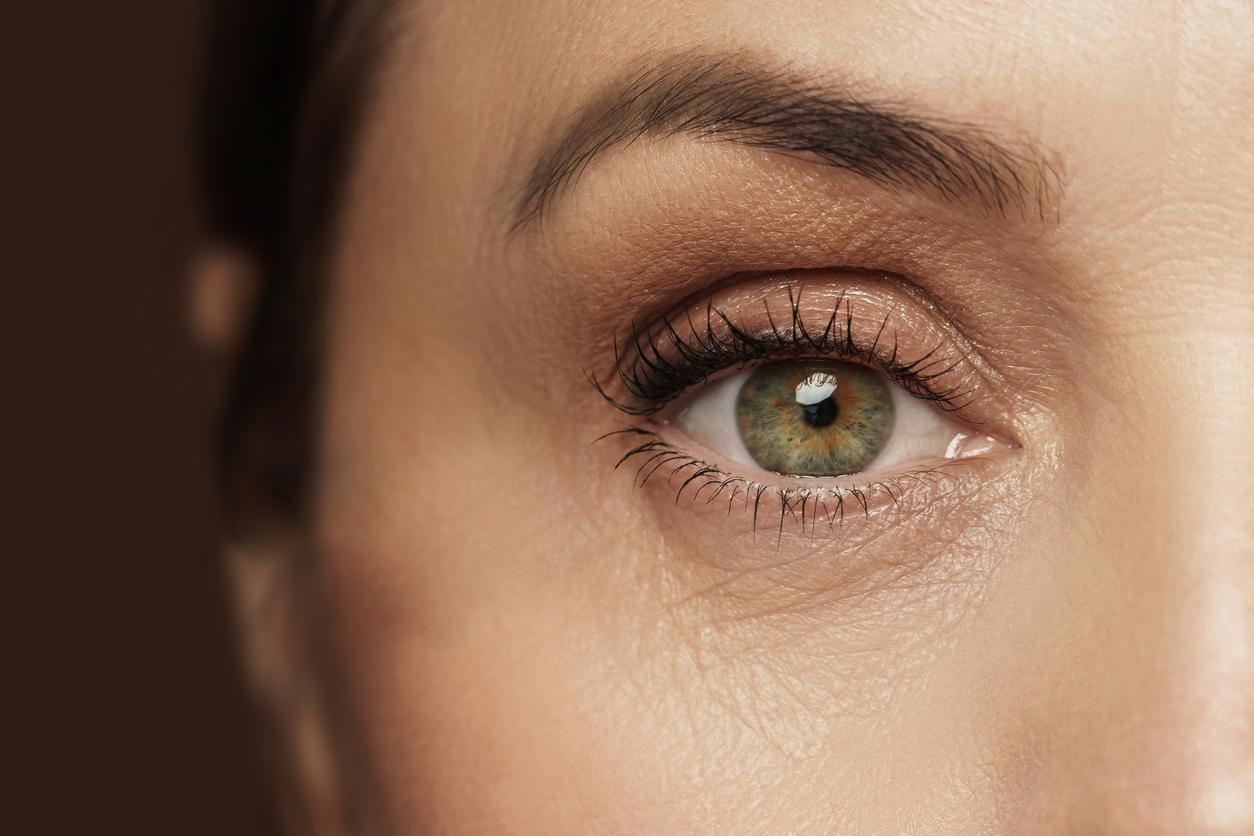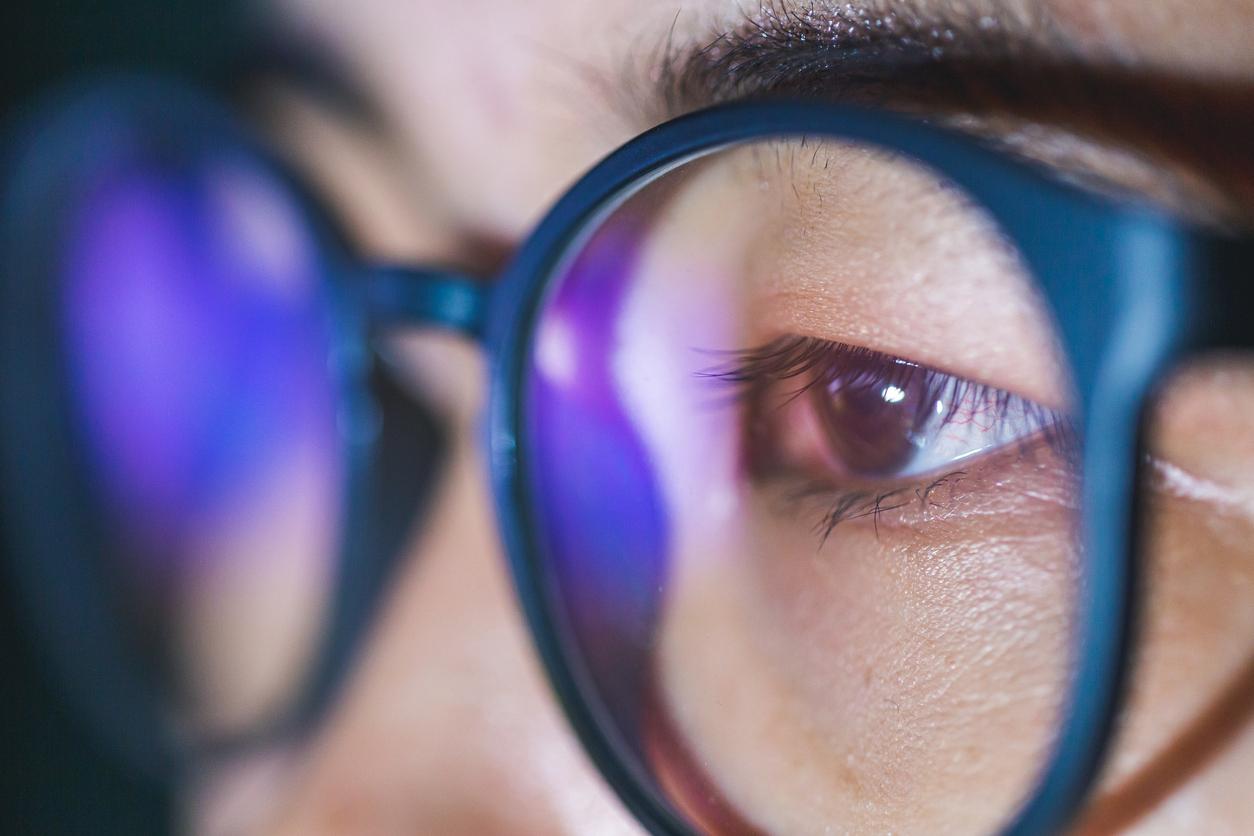SLEs could promote AMD, according to a French study in rats. Certain wavelengths of these bulbs are said to be toxic to the retina.

Could LED bulbs, which have now replaced incandescent bulbs (1), be dangerous for the quality of our vision? The question is worth asking because, in rats, some of their wavelengths are toxic to the retina.
This is the conclusion of a study conducted by French researchers from Inserm (2). This team was particularly interested in the phototoxic impact of the rays emitted by these devices. The scientists proceeded in three stages. They first showed that, whatever the type of bulbs used, exposure to high light intensity (6000 lux) for 24 hours alters the retina of rats whose pupils have been dilated.
On the other hand, by exposing these same animals for 24 hours to a light intensity similar to that usually used in homes (500 lux), only LEDs appeared harmful. With these last bulbs, the retina of the animals shows less signs of deterioration but similar to those observed under high exposure. This is not the case with other types of bulbs used for this work.
Guilty blue light
In an Inserm press release, Alicia Torriglia, who supervised the trial with Prof. Behar-Cohen, specifies that “the use of rats with dilated pupils makes it possible to amplify the potential consequences of light, since the contraction of the pupil is a physiological mechanism of protection of the eye against light aggression ”. The fact remains that in the absence of pupil dilation, albino rats exposed to long-term LED light (continuously for a week or a month) also show retinal degeneration. Finally, even non-albino rats, known to be protected from photo-induced degeneration, show signs of oxidative stress at the level of their retinas
Behind the phototoxicity of LED bulbs, one culprit: blue light. “White light (…) combines (…) rays of different colors, each corresponding to a specific wavelength”, explains the researcher.
However, each light source – LED, fluorescent tubes or compact fluorescent bulbs – combines different colors in varying proportions. And it is the potential toxicity of each of them on the retina that depends both on the intensity of the light and on the wavelengths that compose it. “Thanks to our observations, we have shown that the light emitted by LEDs generates two parallel toxic phenomena: apoptosis, but also a second form of cell death, necrosis. However, by necrosis, a cell damages its neighbors, ”explains Alicia Torriglia.
The response of the health authorities
The question of the health risk associated with these bulbs therefore arises. In 2010, the National Agency for Food, Environmental and Occupational Health Safety (ANSES) published a first report on the subject. He was already pointing out the potential toxicity of LED lamps on the retina. “Children are particularly sensitive to this risk”, then indicated the experts of the Agency. “Blue light could also disrupt biological rhythms if exposure is not appropriate,” they added.
Even if it is probable that the observations made in rats cannot be transposed identically to humans, the data from this study warn, moreover, of other risks. “Our cells have repair mechanisms that undoubtedly make it possible to partially correct the lesions induced by SLEs. But we have a light capital, just as our skin has a sun capital. One can wonder if our domestic bulbs do not favor its premature exhaustion, and thus the evolution towards the age-related macular degeneration (AMD) ‘, worries the team. As a precautionary principle, these researchers are calling for a next generation of household bulbs, in which the proportion of blue light would be reduced.
Beware of the cumulative effect
As part of an unveiled essay presented this week, 60 Million Consumers evaluated the toxic potential of ten LED lamps. In agreement with ANSES, the association’s laboratory relied on a European standard known as “photobiological safety” which compares the level of risk of LED lamps compared to other categories of lamps. By the criteria of this standard, eight of them are low risk and two are risk free – the Lexman 25W and Diall 60W part numbers. Good news?
Not really, because this standard is not necessarily suitable for evaluating LEDs. It does not take into account the sensitivity of certain populations, children for example. In addition, it is based on acute exposure over eight hours, while the health risks associated with LEDs generally result from low intensity exposures repeated over long periods, explained ANSES in its 2010 report.
Finally, 60 Millions points to the cumulative effect, recalling that the screens of smartphones, tablets … also emit blue light. “However, in the laboratory, it has been shown that, when we are exposed to blue light via different sources, the effect is cumulative,” warns Professor Gilles Renard, scientific director of the SFO (3).
(1) In 2005, the European Commission imposed the abandonment of incandescent bulbs, which use up energy, and their replacement by LED bulbs, which are more economical.
(2) Inserm Unit 1138 / Paris Descartes University / Pierre and Marie Curie University, Cordeliers Research Center, Paris
(3) French Society of Ophthalmology (SFO)
.















